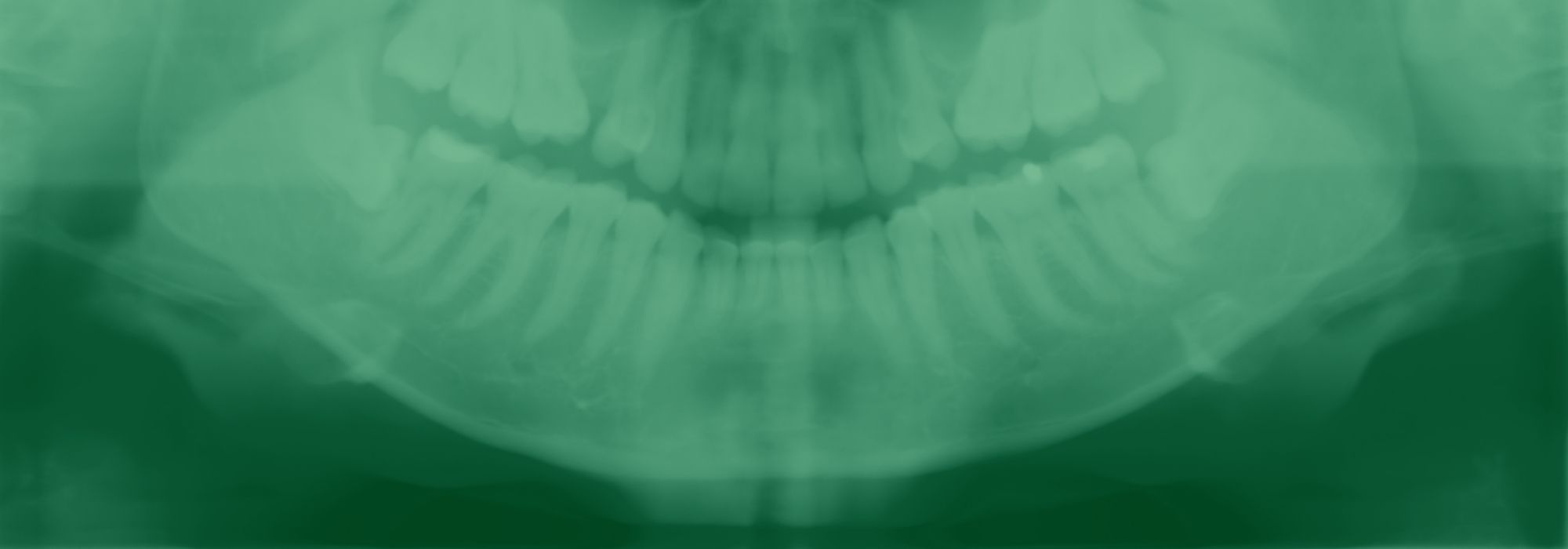WHAT IS A JAW FRACTURE?
Recovering from a jaw fracture can be lengthy and should be guided by your doctor and physiotherapist.
A jaw fracture, or broken jaw, is when the mandible (jaw) bone is broken. This is usually due to significant trauma to the jaw. This can be from a direct blow, physical contact/assault, or a motor vehicle accident.

Jaw fractures can be small, where the bone is still in place, or large, where the bones are significantly displaced . Fractures are common at several areas of the mandible, as seen in the left image.
WHAT ARE THE SYMPTOMS OF A JAW FRACTURE?
Symptoms can vary slightly depending on the severity and location of the fracture. Common symptoms can include:
WHAT IS THE TREATMENT FOR A BROKEN JAW?
Following a jaw fracture, it is important to get to a hospital quickly so a doctor can set (align) you jaw. Setting the jaw will allow healing. This may be followed by a period of jaw splinting or wiring to maintain jaw alignment. Afterwards, your jaw (temporomandibular joint) will be stiff and you may not be able to eat, drink, or open your mouth wide. This is when physiotherapy is extremely important.
Once you have completed a course of rest or splinting, a Pivotal Motion physiotherapist can help restore function, strength, and movement of your jaw.
Physiotherapy treatment can involve:
- Mobilisation of the jaw
- Manual therapy
- Heat and/or ice
- Individualised home exercise program focused on improving jaw range of movement and strength
- Education on chewing habits, types of foods, and jaw positions to avoid
References
Furto, E. S. (2016, February 12). Physical Therapist’s Guide to Jaw Fracture (Temporomandibular Joint Fracture). Retrieved from https://www.moveforwardpt.com/symptomsconditionsdetail.aspx?cid=57502238-324c-43a3-8ba8-bd8bcd8261d9
TMD Basics – The Basics of the Jaw Joint. (2017). Retrieved from http://www.tmj.org/Page/34/17.

